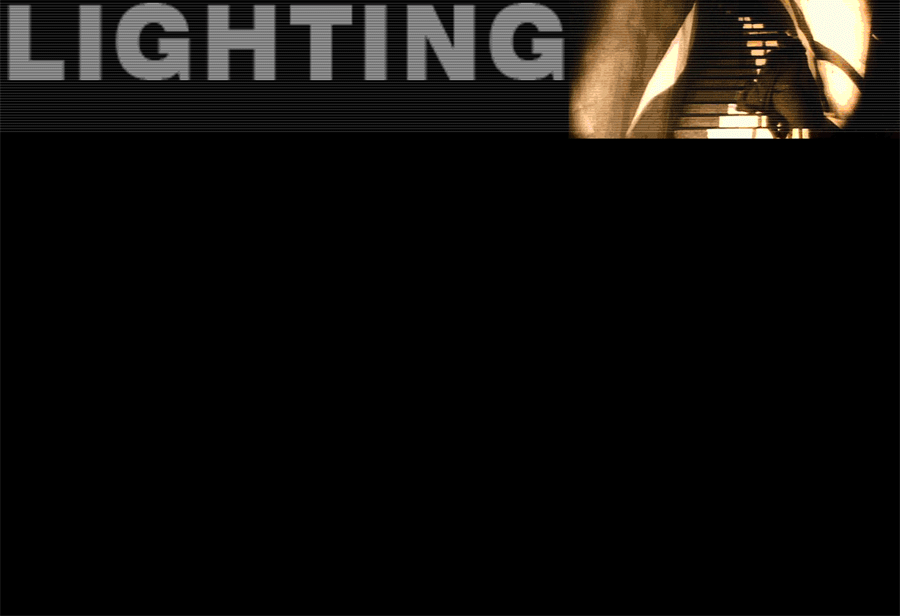



Prior to the age of the computer graphics, manipulation of light was only made possible through mechanical lighting equipments that we commonly see in stage productions. These equipments were not able to mimic natural lighting and thus the artificial nature of the lighting is something that was apparent. This in conjunction with the abstract nature of the way in which sets were designed, other than few exceptions of high profile films, shifted the emphasis from realism to the Mise en Scene idea of “placement”. As a result of such development, lighting was used as a literal device to assist in the progression of the plot, and consequently, lighting was endowed with many symbolic and allegorical meanings.
It is important to note that even though the physical painting of light and shadow in Cabinet of Dr.Caligari is not considered lighting in the strict sense of the word, it is nonetheless an intentional composition of how the director wanted light to be observed. In a sense, this is just another means of how lighting could be portrayed, much like the unique means by which lighting was portrayed in Renaissance or I-Robot. In this case, lighting was used as metaphors in conveying the ideas of the plot and creating an overall atmosphere.